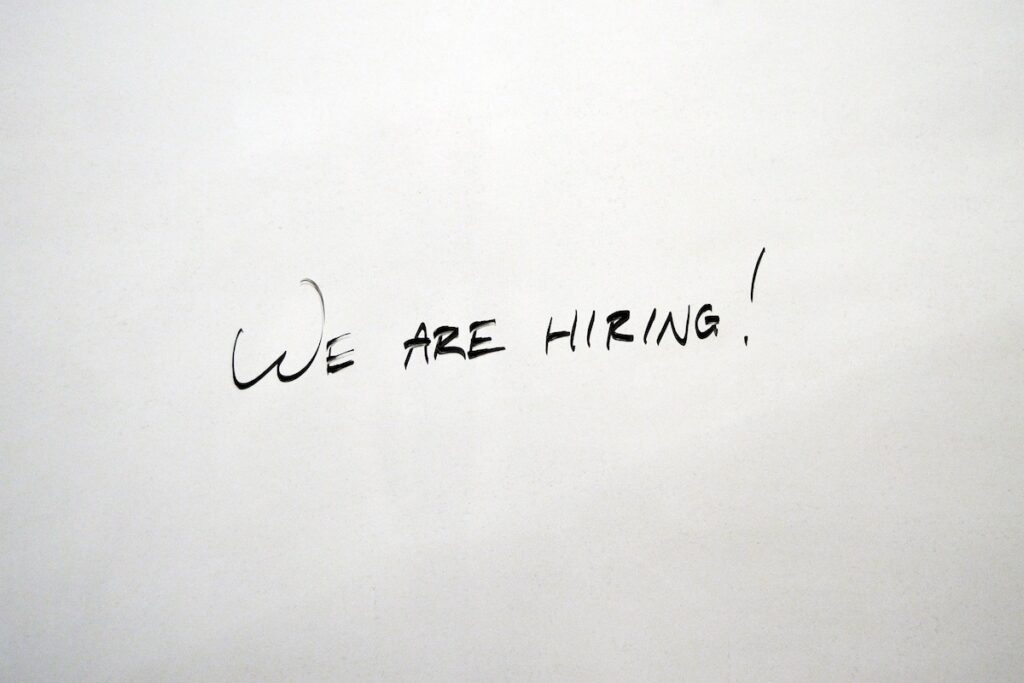HR Trends for 2023: What’s Hot and What’s Not

The world of Human Resources is constantly evolving and changing, and staying ahead of the curve is key to success in the field. As we look ahead to 2023, there are many trends to watch that will impact how HR departments operate and function. This blog post will explore the hottest HR trends for 2023 and which are likely to become obsolete. Keep reading to find out what the future of HR holds and what you should look out for in the coming years.
The Rise of the ‘Gig Economy’
The gig economy is becoming increasingly popular and is expected to become even more prevalent in 2023. This type of economy refers to the rapid growth of independent contractors, freelancers, and other forms of flexible labor. This trend is driven by the need for businesses to reduce costs and remain competitive, as well as by changing consumer preferences.
The gig economy allows businesses to access a larger talent pool since workers can now be found anywhere around the globe. This gives them access to different skill sets, providing an immense amount of flexibility when it comes to hiring. Additionally, with the increased automation of jobs, the gig economy provides a more cost-effective alternative to full-time employment.
For individuals, the gig economy offers a greater level of freedom and autonomy, as well as more control over their own schedules. As more people become aware of the advantages that this type of work provides, the number of people engaging in it will only continue to rise.
In short, the gig economy is here to stay, and its impact on businesses and individuals alike will only grow in the coming years. The rise of this new form of work will provide both businesses and workers with new opportunities and challenges that they must be prepared to face.

The Importance of Employee Engagement
Employee engagement has always been important in the workplace, but its importance is likely to increase in the years to come. As organizations become more focused on customer experience and employee experience, employee engagement is becoming a key focus area.
Engaged employees are more productive and creative, which leads to better customer experiences, higher customer satisfaction, and more innovative products and services. Engaged employees are also more likely to stay with their organization for longer periods of time and are less likely to leave for other opportunities.
Furthermore, an engaged workforce is essential for creating a successful organizational culture. Engagement encourages employees to collaborate more effectively and build relationships with one another, which in turn can lead to better collaboration, improved decision-making, and higher morale.
Organizations should take steps to ensure that their employees feel heard and valued. This could involve providing opportunities for employees to provide feedback on the organization’s policies and processes, offering career development opportunities, encouraging employee participation in decision-making, and recognizing employees who go above and beyond their job responsibilities. All of these activities can help create a strong sense of engagement among employees.
In order to keep employees engaged in the long term, organizations need to ensure that they are providing employees with the tools and support they need to succeed in their roles. This means providing them with resources like training opportunities and access to mentors and making sure that their compensation packages are competitive. Additionally, organizations should focus on creating an engaging work environment where employees feel like they are part of a larger team working towards common goals.
The Trend Toward ‘Workplace Flexibility’
The traditional 9-5 workday is quickly becoming a thing of the past, and employers are beginning to embrace workplace flexibility as a way to support employee well-being and productivity. Workplace flexibility includes both the option to work remotely and changes to the traditional workday schedule. Employers can benefit from greater morale, loyalty, job satisfaction, and productivity by providing employees with increased control over their work schedules and locations.
Remote working is rapidly becoming popular for employers, allowing employees to work from home or other remote locations while still getting the job done. Companies have realized the benefits of this type of flexibility, including cost savings on office space, enhanced collaboration across departments, and improved overall employee satisfaction.
Employers are also offering more flexible work hours to better accommodate their employees’ needs. This might include staggered start and end times, compressed workweeks (4 days a week instead of 5), or even unlimited vacation time. Employers can foster a more positive work environment by giving employees more control over their work schedules and helping them find balance between their personal and professional lives.
Overall, the trend toward workplace flexibility is one that is here to stay. As technology advances, it will become easier and more common for companies to adopt flexible working arrangements. It’s important for employers to recognize the benefits of workplace flexibility and create an environment that works for their employees.

The Increasing Importance of ‘Diversity & Inclusion’
In the coming years, diversity and inclusion in the workplace will become even more important. As companies expand their global reach, they will need to understand the cultural differences of their employees and customers and create a workplace that embraces diversity.
Organizations are also becoming increasingly aware of the benefits that come from having a diverse workforce. Having a team composed of people from different backgrounds and experiences can help foster innovation, creativity, and collaboration. It can also help foster an understanding of the customer base, which can be beneficial for businesses.
Diversity and inclusion initiatives should focus on both hiring practices and creating a workplace culture where everyone feels welcome and respected. Companies should strive to recruit from a wide range of backgrounds, orient new hires to the organization’s values and goals, provide training and development opportunities for all employees, and monitor results for bias and fairness.
It is also important for companies to take steps to ensure a safe and inclusive environment for all employees. This means creating clear policies on harassment and discrimination and taking action when those policies are violated. Companies should also provide ongoing education on diversity and inclusion topics, such as unconscious bias and privilege awareness.
By investing in diversity and inclusion initiatives, companies can create an environment where everyone is valued and respected and can contribute to their full potential.
The Need for ‘Continuous Learning’
As the business world evolves, it is becoming increasingly important for employers to recognize the need for continuous learning and upskilling of their employees. Employers must understand that their employees have a unique set of skills, knowledge, and experience that will only grow with the right guidance and support.
In 2023, the need for continuous learning will become even more important as the pace of technological change accelerates. Companies will need to ensure that their employees are equipped with the latest skills and capabilities needed to keep up with these changes. This could involve anything from online courses and certifications to more traditional training programs.
Continuous learning also plays an important role in employee engagement. Employees who are actively engaged in learning new skills and increasing their knowledge base are more likely to stay motivated and productive. Investing in your employees’ learning and development can be an invaluable tool for improving employee retention and loyalty and keeping them ahead of the competition.
The future of work is all about having an agile and adaptive workforce that can quickly adopt new technologies, processes, and ideas. By investing in the continuous learning of their employees, businesses can create a better-prepared team to take on the challenges of tomorrow.
What’s Out in HR for 2023
As we look to the future of HR trends in 2023, it’s important to note what is no longer seen as effective. As the workplace continues to evolve, some of the old methods and techniques have become outdated. Here are some of the things that are out when it comes to HR trends in 2023:
1. Rigid Hierarchical Structures: It is no longer beneficial to use a traditional hierarchical structure in order to manage employees. This type of structure creates a disconnect between upper management and employees and limits collaboration and innovation.
2. One-size-fits-all approaches: With the growth of different types of employees, HR needs to adopt an approach that caters to individuals instead of trying to fit everyone into the same mold.
3. Command & Control Leadership: The command and control style of leadership is no longer effective and can often lead to a lack of engagement from employees. A more collaborative approach is needed for successful management.
4. Outdated Technology: In order for HR departments to stay competitive and effective in 2023, they need to ensure that they are using up-to-date technology and systems.
5. Lack of Strategic Planning: HR teams need to proactively plan for the future to manage their workforce and create successful outcomes effectively.
By understanding what’s out when it comes to HR trends in 2023, businesses can better prepare themselves for the future and ensure their workforce is engaged, productive, and happy.
Conclusion
As the world of work continues to evolve, HR professionals must stay on top of the trends. The trends for 2023 include the rise of the gig economy, the importance of employee engagement, the trend toward workplace flexibility, the increasing importance of diversity and inclusion, and the need for continuous learning. Companies that understand and embrace these trends will be in a better position to attract and retain talented employees. At the same time, they should be aware of what’s out, such as traditional performance reviews and outdated technology. By staying ahead of the curve and leveraging the latest HR trends, organizations can ensure that their people strategies remain relevant in the rapidly changing business environment.